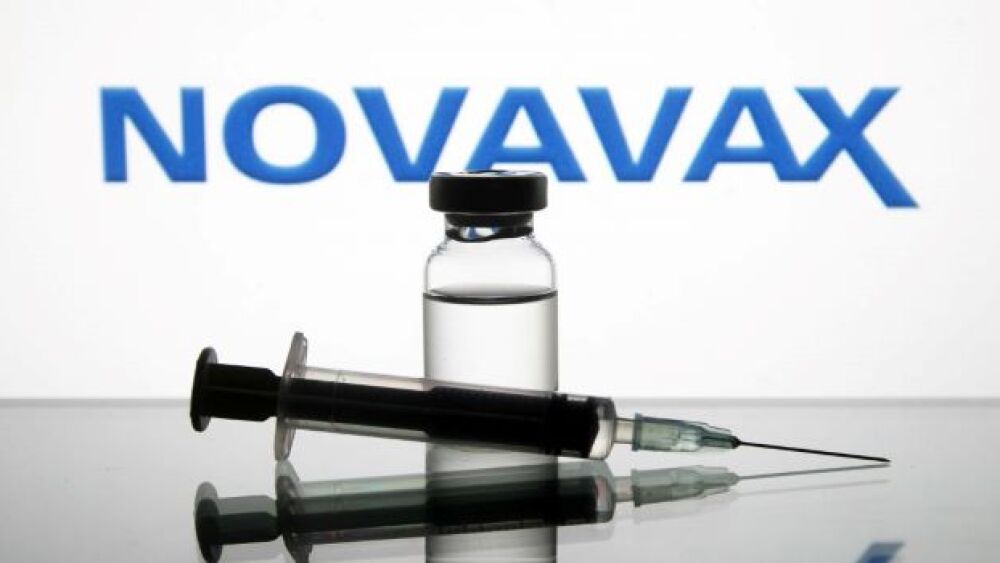Fresh off its $13-billion acquisition of medical devices developer Shockwave Medical, Johnson & Johnson is expecting greater business growth in the future.
Johnson & Johnson released its second-quarter 2024 earnings report on Wednesday, beating analyst estimates and plotting an optimistic path ahead for its business, driven by the potential of recent deals and what an executive suggested was a manageable impact of the Inflation Reduction Act.
In the second quarter, the pharma reported nearly $22.5 billion in sales, representing 4.3% growth from the same period a year before. The blockbuster biologic Stelara (ustekinumab) contributed heavily to J&J’s revenue, earning almost $2.9 billion in the quarter, a 4.9% year-over-year increase on an operational basis.
The cancer therapy Darzalex (daratumumab) also brought in nearly $2.9 billion worldwide, which corresponds to a 21% growth in sales.
Looking ahead to the rest of the year, J&J now expects to hit total operational sales of $89.2 billion to $89.6 billion in 2024, up from its previous guidance of $88.7 billion to $89.1 billion. Growth now ranges from 6.1% to 6.6% versus the same period in 2023, an increase from the previously announced guidance of 5.5% to 6.0%.
“We are increasing our operational sales guidance for the full year by $500 million to reflect the completion of the Shockwave acquisition,” J&J CFO Joseph Wolk said in a Wednesday investor call. The pharma in April 2024 moved to acquire the medical devices developer for $13.1 billion, gaining access to its intravascular lithotripsy technology, which treats atherosclerotic cardiovascular disease by applying sonic waves to disrupt plaques.
According to Tim Schmid, worldwide chairman of J&J’s MedTech unit, Shockwave is well-positioned to become the pharma’s “thirteenth business with sales in excess of $1 billion annually.”
Also factored into J&J’s optimistic 2024 guidance is the upcoming potential approval and subsequent launch of its bispecific antibody Rybrevant (amivantamab-vmjw) plus lazertinib for frontline treatment of EGFR-positive non-small cell lung cancer. J&J is also building toward an approval for the antibody treatment Tremfya (guselkumab) in inflammatory bowel diseases.
“As the pipeline and portfolio progress, so too does our confidence in our near- and long-term growth trajectory,” CEO Joaquin Duato said during the call.
Central to the pharma’s long-term sustainability is the government’s drug price negotiation program under the Inflation Reduction Act. By empowering the Centers for Medicare and Medicaid Services (CMS) to renegotiate lower prices for some of pharma’s most lucrative products, analysts warn that the program could hurt the industry’s margins.
So far, however, J&J appears to be confident that it can weather the IRA’s impacts on its business. “We have received the final numbers from the government,” Jennifer Taubert, worldwide chairman of J&J’s Innovative Medicines division, said during the investor call, referring to CMS’ pricing offers for Stelara and Xarelto (rivaroxaban), both of which are part of the first round of drug negotiations.
“And while we are not in alignment with IRA and the price setting process, those numbers have been included in the guidance that we provided last year at EBR, that still looks very good to us today,” Taubert added.






